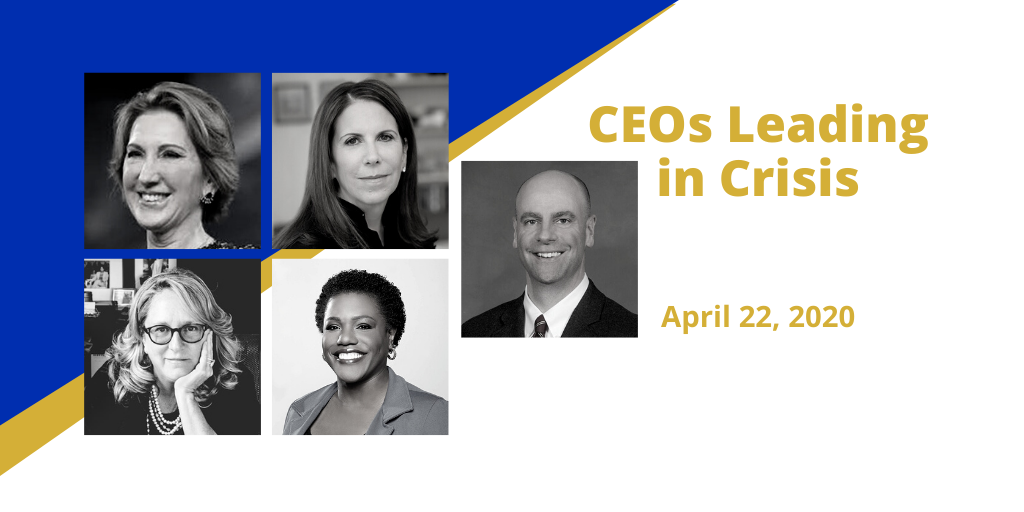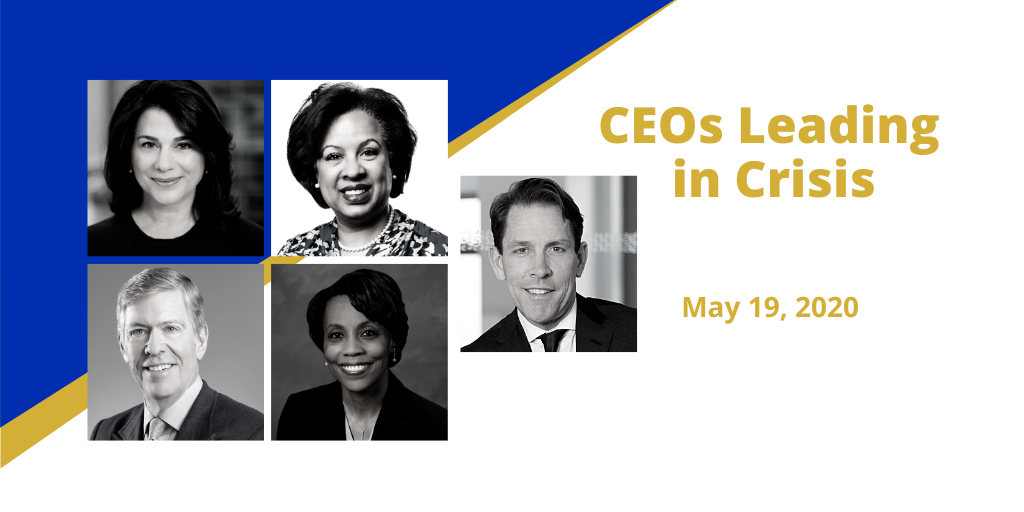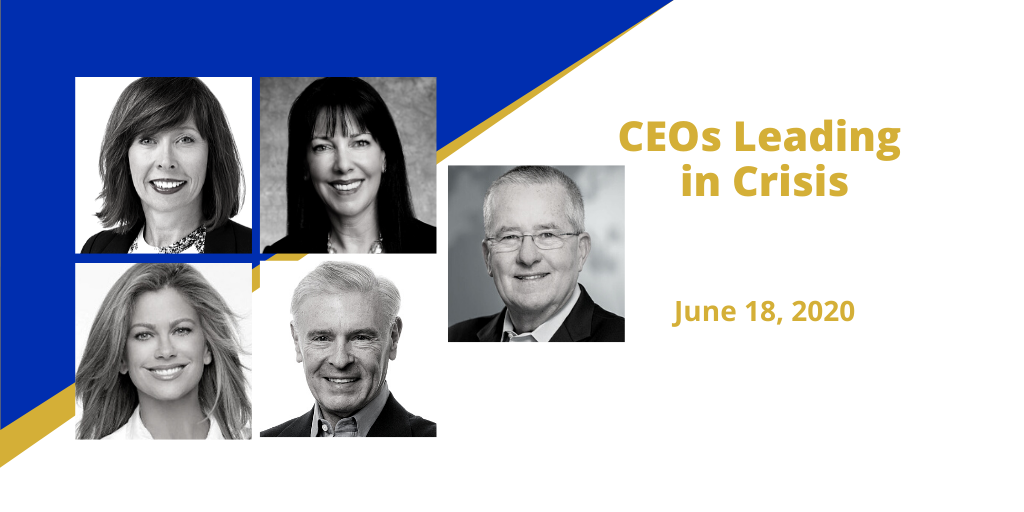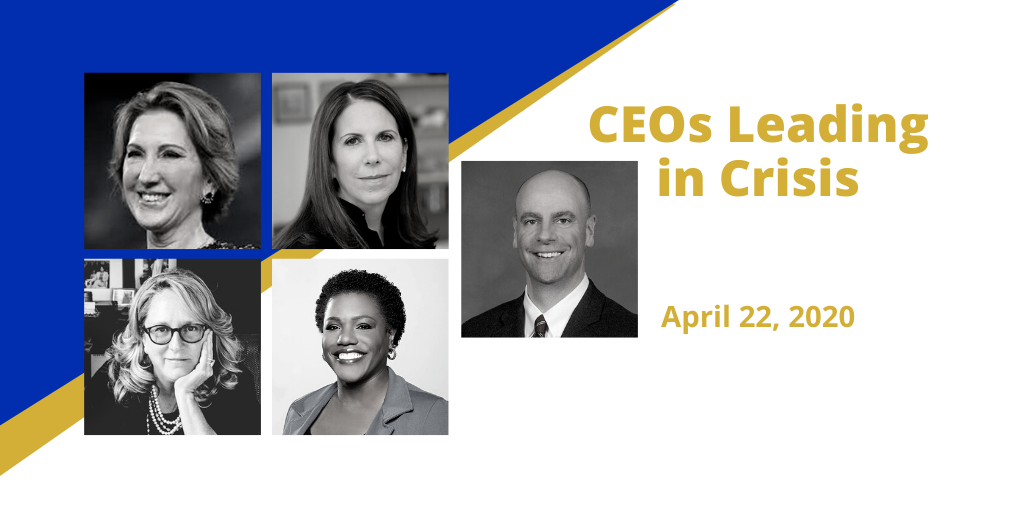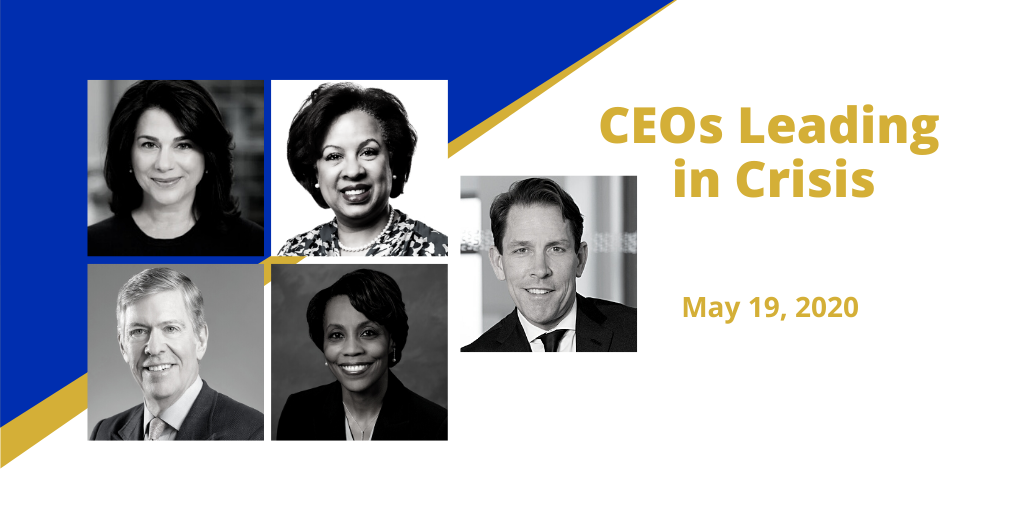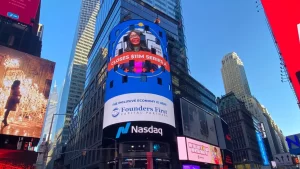
Kim Folsom came up through the engineering ranks in the 80s and 90s before founding the first of six companies, three of which successfully exited. Today, she is the founder and CEO at Founders First Capital Partners, a San Diego startup investment firm that uses a non-traditional approach to funding called revenue-based investment to invest in historically underrepresented founders.
Unlike most Silicon Valley VC firms, Founders First isn’t looking for the next unicorn. Instead, Folsom seeks out founders from historically underrepresented backgrounds — women, people of color, LBGTQ, veterans — with solid ideas and decent, if not spectacular, revenue and growth who have had trouble getting external investment to help build their businesses.
She focuses on B2B companies, usually in tech, that have a product and some wraparound services to go with it that you could turn into recurring subscription revenue. And with the additional help from Founders, coaching and guidance transform the business into a recurring revenue growth engine.
Instead of buying equity in the startup with the hope that it exits at some point, Folsom wants to partner with these companies by lending them money, usually between $50,000 and $1 million, with an average investment of $300,000. As they succeed, she succeeds by getting paid back over time, based on monthly revenue with a profit cushion for her firm.
I sat down with Folsom last fall to discuss her career journey and why she decided to build a different kind of investment firm aimed at people who live and work in areas that are often invisible to Sand Hill Road.
Startup dreams
Folsom, who is a Black woman, came of age in the 80s as an engineer. She cut her teeth at firms like NCR, where she helped design automatic teller machines, which were cutting-edge technology in those early days of the IBM PC. But her goal was always to run a company, which she knew wouldn’t be possible at the corporations where she was working.
“I spent the [early part of my career] trying to figure out how I could learn enough at the various corporations I worked at so I could go out on my own. And in time, during the dot-com era in the mid-90s, I launched my first company, and I went on to launch six before launching Founders First,” she told me.
She raised $30 million along the way, and learned what it takes to build a company — valuable intelligence she can share with the companies she funds today.
Folsom didn’t have many role models in the business world when she was starting; there were few women, and even fewer women of color, in engineering roles in the 1980s. Nor did she see women becoming leaders of large tech companies until the late 90s when Meg Whitman was named CEO of eBay and Carly Fiorina CEO at HP.
Even today, just 8.2% of CEOs at Fortune 500 companies are women, and women of color hold just 1% of CEO positions across the Fortune 1000, according to data from Women Business Collaborative.
As for women of color leading startups, there were few getting venture funding when she was starting, and today the numbers aren’t much better. Crunchbase found in the first half of 2021 just 1.2% of $147 billion in venture funding went to Black founders. When you narrowed that data down to Black women founders, the number dropped to a minuscule 0.34%.
After her experience as a founder, she wanted to set up a firm that helped people who were usually left out of this process to make it easier for them to access sources of capital.
“The journey for diverse founders is the same — whether a woman, person of color, military veteran, LGBTQ or in a low and moderate income area — it’s tough to grow a business and get access to smart money such that you have a positive wealth creating outcome,” she said.
And that’s why she launched Founders First in 2015.
Giving back
Folsom knew she had this wealth of experience as a startup founder who built companies, raised money and exited successfully, and she wanted to find a way to help others build businesses and get all the same advantages, especially people who were being left out of the venture financing world.
“Having gone through this with my own experience a few times, I felt I knew enough that I could try something, but I wanted to structure this in a way that leveraged what I knew about the market I was going to serve,” she said.
Folsom recognized that exiting offered a reasonable way for both investors and founders to make money, but she also knew that the process wasn’t terribly efficient and didn’t work for everyone because there were many viable companies that just couldn’t meet the revenue and growth requirements of most conventional VC firms.
She decided that by using revenue-based funding instead of equity, she could build her firm around a new class of founders, and create a successful investment vehicle for her partners, while helping these founders grow into much more successful companies than they could have on their own.
“There wasn’t that perspective of unicorns in the dot-com era that there is today. But the path of getting to a unicorn company means you’re going to have to [ignore] a lot of really good companies that could have such a significant impact on markets,” Folsom said.
Rather than unicorns, Folsom says that she is looking to build “zebras.” In a 2019 story on Zebras Unite, an organization building a community of zebra founders, zebras were described this way: “Because there are fewer financial incentives for investors to fund startups that are less focused on more traditional exit routes of either selling or going public, it can be hard to attract investors.”
Folsom says that is precisely why she is trying to help zebras because “they can have a significant impact and build wealth for both the community they serve, and the founders.”
Funding the fund
When she launched in 2015, Folsom struggled to find investment partners in spite of her impressive credentials. Initially, she says that most investors thought the idea of investing in diverse founders using the revenue-based model was too unorthodox and they didn’t want to take a chance. She started by investing her own money, then went to the people who had invested in her in the past.
“You know, when I started Founders First, and I said that I wanted to focus on funding diverse founders and I wanted to use a model that was more relevant for business owners, people thought I was crazy. So I had raised money in the past, and my early investors…were people largely who were betting on me and had bet on me in the past,” she said.
She went through a proof of concept in 2017 with 10 companies, and when that worked, she began looking for a Series A. Before that happened though, in 2019 she secured a $100 million credit facility from Community Investment Management, an organization that promotes inclusion through lending, a company that would seem to be a perfect match for Folsom’s goals.
The firm scored a Series A totaling $11 million this year with a $9 million chunk in March from The Rockefeller Foundation and the Surdna Foundation, followed by an additional $2 million in November from W.K. Kellogg Foundation, Pivotal Ventures (a Melinda French Gates company), the Schultz Family Foundation and Arc Chicago, LLC.
She says that a growing awareness about institutional racism in the wake of George Floyd’s murder has definitely helped a firm like hers trying to increase diversity investing to raise capital. Yet, while the firm is based in San Diego, as were all her startups, she says that not one California institutional investor stepped up to participate in the round.
How it works
Folsom looks for companies that are beyond the ideation phase and are making some money already and with some potential to grow with the right tweaks to the business model. She says that the founders must have the right amount of experience, expertise and a commitment to growth. In addition, the founding team has to be open to surrounding themselves with new people who can help drive that growth.
She said that they evaluate investments in companies based upon the strength and predictability of their revenues, but never ask founders to put up personal credit or assets. The company’s revenue acts as collateral.
The funded company pays back the “loan” based on an agreed-upon cap amount over a specific term, usually three years. “For Founders First, that cap can be 1.35 to 2x over that term. The company makes monthly payments using a percentage of sales revenue. That percentage is agreed upon that can range between 2% and 10% [of revenue],” she explained.
As an example of a success story using this model, she offers Klarinet Solutions, which provides managed services for Microsoft SharePoint and Office 365. The company had a mid-six-figure income that had been flat for three years prior to teaming up with Founders. Founders helped create new revenue streams, including recurring revenue, resulting in 2.5x revenue growth in two years, while doubling the size of its staff.
Folsom is trying to use her expertise and experience to help other companies like Klarinet get access to funding to help them grow and develop their businesses in areas that typically are left behind when it comes to tech funding.
She wants people to understand that helping diverse founders is not a zero-sum game, certainly not with all the capital out there right now looking for a home. She understands from a lifetime of experience that the current climate pushing diversity and inclusion could change quickly. Folsom says that she has seen opportunity windows open in the past, only to close after a year or two, and she’s hoping it’s different this time.
“The window opens for a year, 18 months or two years and then it closes, and [I’m hoping that] this time when the window’s open, it’s not just going to be a [few people] that come out of it on the other side. We’ve got to be able to make it such that thousands of people do.”
Perhaps as firms like Founders First proliferate to help historically underrepresented groups gain access to more investment dollars, it will help keep that window wide open, creating wealth and jobs across communities that have been left behind in the past.



